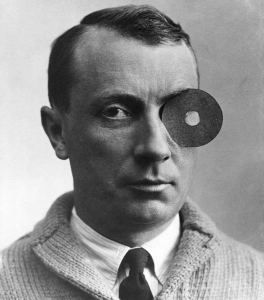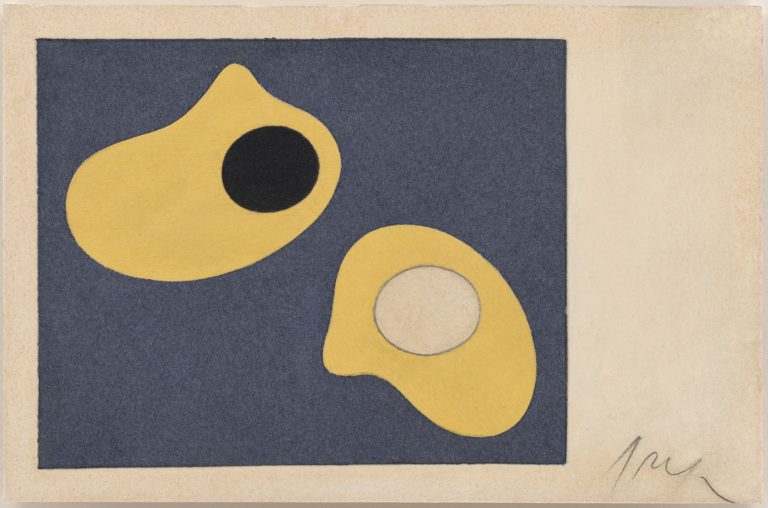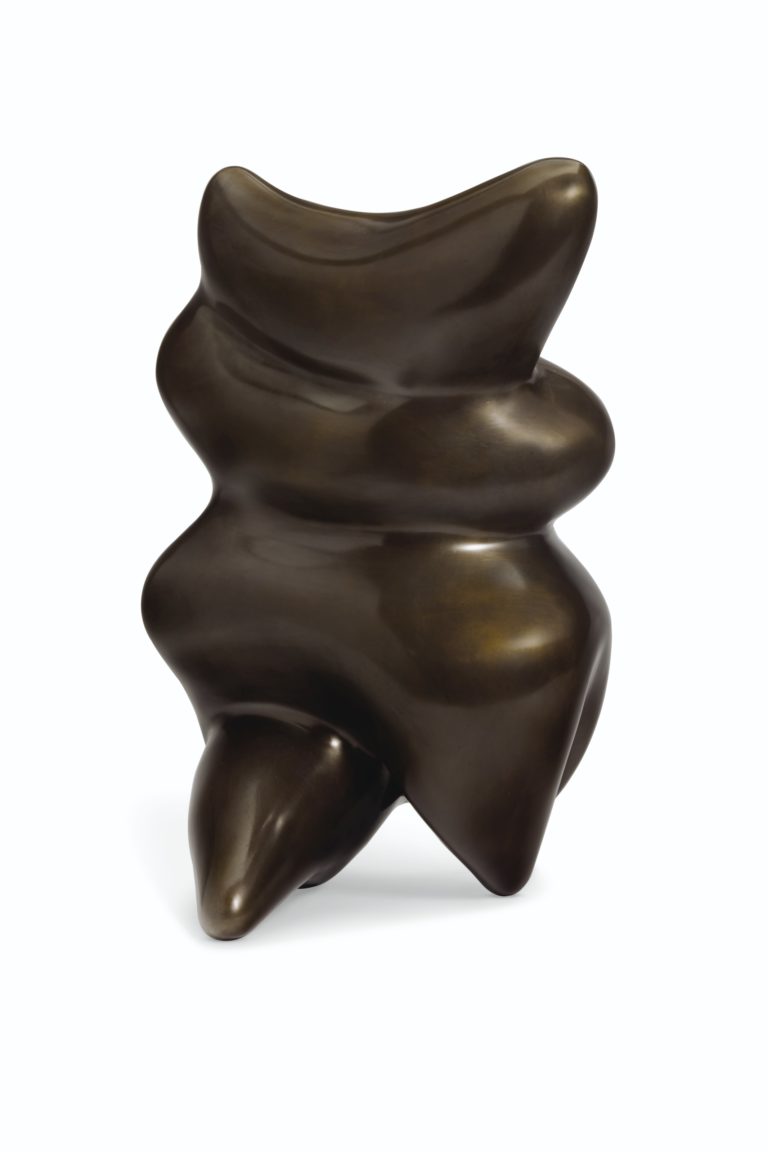
JEAN (HANS) ARP
16 September 1886 – 7 June 1966
Arp was born in Straßburg (now Strasbourg), the son of a French mother and a German father, during the period following the Franco-Prussian War when the area was known as Alsace-Lorraine (Elsass-Lothringenin German) after France had ceded it to Germany in 1871. Following the return of Alsace to France at the end of World War I, French law determined that his name become “Jean”. Arp would continue referring to himself as “Hans” when he spoke German
In 1904, after leaving the École des Arts et Métiers in Straßburg, he went to Paris where he published his poetry for the first time. From 1905 to 1907, he studied at Kunstschule in Weimar, Germany, and in 1908 went back to Paris, where he attended the Académie Julian. Arp was a founder-member of the first modern art alliance in Switzerland Moderne Bund in Lucerne in 1911, participating in their exhibitions from 1911 to 1913.
In 1912 he went to Munich and called on Wassily Kandinsky, the influential Russian painter and art theorist. Arp was encouraged by him in his researches and exhibited with the Der Blaue Reiter group. Later that year, he took part in a major exhibition in Zürich, along with Henri Matisse, Robert Delaunay, and Kandinsky. In Berlin in 1913, he was taken up by Herwarth Walden, the dealer and magazine editor who was at that time one of the most powerful figures in the European avant-garde.
In 1915 he moved to Switzerland to take advantage of Swiss neutrality. Arp later told the story of how, when he was notified to report to the German consulate in Zurich, he pretended to be mentally ill in order to avoid being drafted into the German Army: after crossing himself whenever he saw a portrait of Paul von Hindenburg, Arp was given paperwork on which he was told to write his date of birth on the first blank line. Accordingly, he wrote “16/9/87”; he then wrote “16/9/87” on every other line as well, then drew one final line beneath them and, “without worrying too much about accuracy”, calculated their sum. Hans Richter, describing this story, noted that “they [the German authorities] believed him.”
It was at an exhibition that year where he first met the artist Sophie Taeuber who was to become his collaborator in the production of works of art and a significant influence on his artistic style and working method. They married on 20 October 1922.
In 1916 Hugo Ball opened the Cabaret Voltaire, which was to become the centre of Dada activities in Zurich for a group that included Arp, Marcel Janco, Tristan Tzara, and others. In 1920, as Hans Arp, along with Max Ernst and the social activist Alfred Grünwald, he set up the Cologne Dada group. In 1925 his work also appeared in the first exhibition of the Surrealist group at the Galerie Pierre in Paris.
Arp visited New York City in 1949 for a solo exhibition at the Buchholz Gallery, and this coincided with a general international recognition of his work. In 1950 he was invited to execute a relief for the Harvard University Graduate Center in Cambridge, Massachusetts and would also be commissioned to do a mural at the UNESCO building in Paris. Arthur and Madeleine Lewja, of Galerie Chalette, who had known Arp in Europe, became his gallery representatives in New York in the late 1950s, and were instrumental in establishing his reputation on the American side of the Atlantic.
In 1958, a retrospective of Arp’s work was held at the Museum of Modern Art in New York City, followed by an exhibition at the Musée National d’Art Moderne, Paris, France, in 1962. In 1972, the Metropolitan Museum of Art showcased Jean Arp’s work from the Lejwa’s collection and a few works lent by Arp’s widow, Marguerite Arp. The exhibition was expanded and traveled as “Arp 1877–1966,” first exhibited at the Solomon R. Guggenheim Museum and then shown in seven museums in the United States and six in Australia. Organized by the Minneapolis Institute of Arts and the Wurttembergischer Kunstverein of Stuttgart, a 150-piece exhibition titled “The Universe of Jean Arp” concluded an international six-city tour at the San Francisco Museum of Modern Art in 1986.


